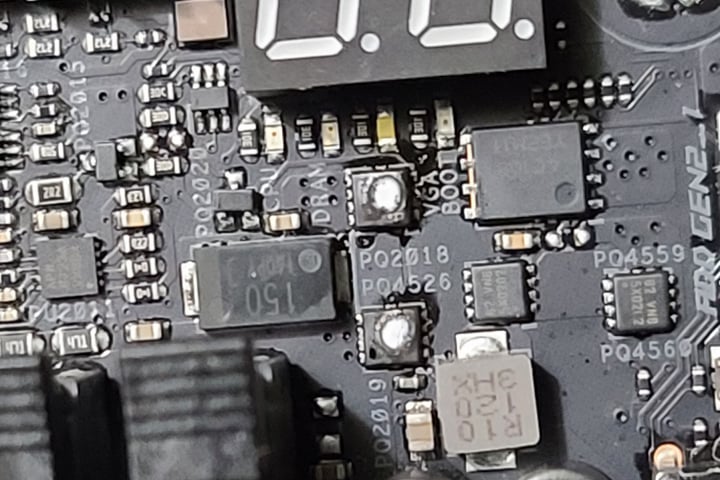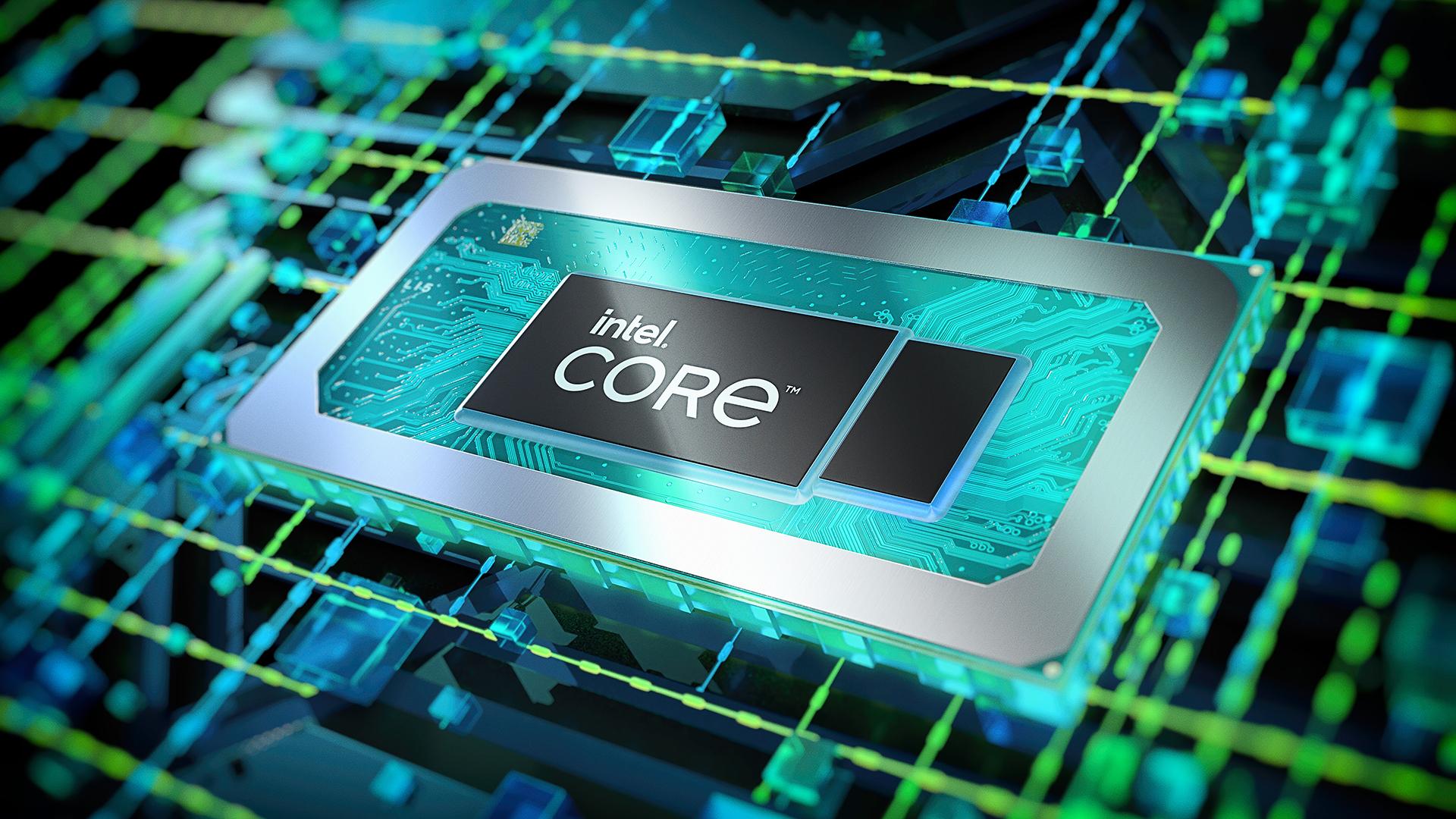Yoused
up
- Joined
- Aug 14, 2020
- Posts
- 8,200
- Solutions
- 1
From what I was reading, running the new i9 full out seems to be more like 240W, and one account I saw indicated that it was up to boiling eggs (100C), for which an expensive liquid cooling system would be needed (the same person said they could wind out a Ryzen and cool it with an average fan). So the question becomes, is the improvement really worth that much? For a few people, perhaps.The full 200W+ 8+8 i9 ADL beats M1 Pro/Max in Cinebench multicore by a factor of almost 2.5x, and yet in many SPEC tests they show similar performance.
Meanwhile, to get the ASi to the base power usage of the Alder Lake i9, you would have to add probably about 8 more P cores. At that point, it seems like the i9 would melt down trying to keep up.



